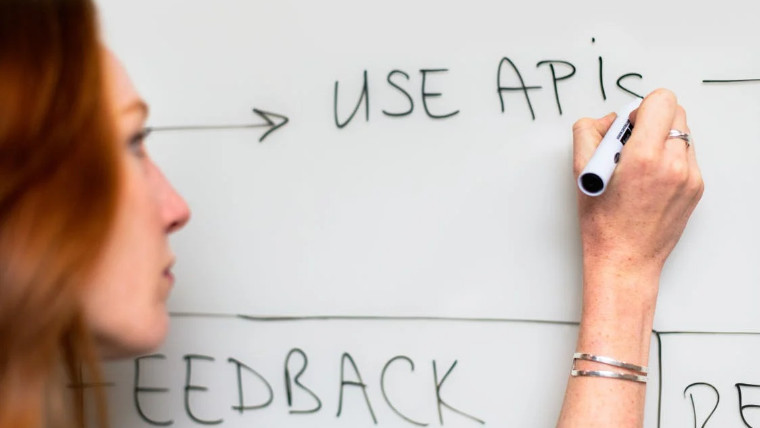
In this article I will answer questions on headless CMS systems. I will cover what they are, who should use them and if they are, as some say, the future of website development.
1. What is a headless CMS?
A headless CMS is a strategy to split the front-end and back-end of a website.
In the past CMS systems took a one-size-fits-all approach. They provided all the code you needed to administrate and display your website to end users.
With the rise of phones, tablets and other devices this approach causes difficulties. Content needs to display on many channels and fixing it with one "look" makes reuse difficult.
Headless CMS systems provide the answer. They provide an admin for content creation, but do not enforce how the site should look. They provide an API which describes content as code. It is then up to your developer to display your content in whatever front-end framework you want.
2. What is a front-end framework?
A front-end framework is software for developing how a website or app looks. It allows you to build and style content you want to display in your website or app.
You may have heard of NextJS, NuxtJS, React, Ember or Vue. These are all front-end Javascript frameworks that help you build websites or apps.
3. What is the best front-end framework?
NuxtJS (https://nuxtjs.org) or NextJS (https://nextjs.org/) are great choices for front-end frameworks. Under the hood they use VueJS (https://vuejs.org/) or ReactJS(https://reactjs.org/) but they are designed to ensure speed and both play nice with search engines and SEO.
4. Is headless CMS the future?
This depends on your needs. There are many issues that cause business to want to move on from platforms such as Drupal or WordPress. A company with many online channels may want a single editor and repository for content. They may also want to boost front-end performance. This can be difficult using traditional CMS’s.
5. Should i use headless CMS?
Again depends it depends on what your business needs. If you are a small business seeking a brochure style website to display your services and rates, then no. If you have an e-commerce website or a mobile app then a headless CMS approach may be a good idea from the outset.
6. What’s the difference between CMS and headless CMS?
A headless CMS uses an API to connect the admin where users manage content and the front-end. This allows businesses to display content on many platforms without a fixed look.
7. How headless CMS works?
A headless CMS provides an admin for users to login to and manage content in the way many of us have now come to expect. The difference is that the admin doesn't control how a page looks. It describes the page as code. A separate front-end decides how the site or app looks.
8. How to implement headless CMS?
Many open-source headless CMS are available. Many legacy platforms such as WordPress and Drupal can run in a headless mode. You can also rent a headless CMS from companies who host it and your data on their servers.
9. Benefits of a headless CMS?
This boils down to the following:
- You can manage your content using a single interface and repurpose it on platforms such as a website, an app etc
- Removing constrictions of monolithic CMS's you gain freedom on how you display content. This can, in many instances, lead to a much faster website.
10. Issues with a headless CMS?
Every technology has its issues and going headless is no exception:
- Google crawlers did not support Javascript until 2008. This caused problems for adopting headless CMS. Without Javascript support a website would be invisible to SEO crawlers. This has now been generally resolved.
- You will need a developer to make the most of a headless CMS as they are slightly more complex.
11. Which headless CMS to choose?
As mentioned traditional CMS systems can run in headless mode. WordPress and Drupal provide API functionality to break the backend-frontend link. This may be an option for you depending on your needs.
Self-hosted open-source systems such as Strapi (https://strapi.io), Ghost (https://ghost.org) or KeystoneJS (https://keystonejs.com/) are available, mature and free.
Paid and SaaS systems including Statamic (https://statamic.com/), Contentful (https://www.contentful.com/) or Prismic (https://prismic.io) are available and great for those projects with larger budgets.
12. Where to host headless CMS?
You can install headless CMS with most traditional hosting providers. WordPress and Drupal and only need PHP support.
Other installable headless CMS such as Stapi or Ghost will need NodeJS support. This is very common now, so shouldn’t cost any more than PHP hosting. Companies such as Heroku (https://heroku.com) or Platform (https://platform.sh) offer good plans.
Signalfire offers development of headless CMS using Strapi with NuxtJS (VueJS) front-end. Please get in touch to discuss your requirements